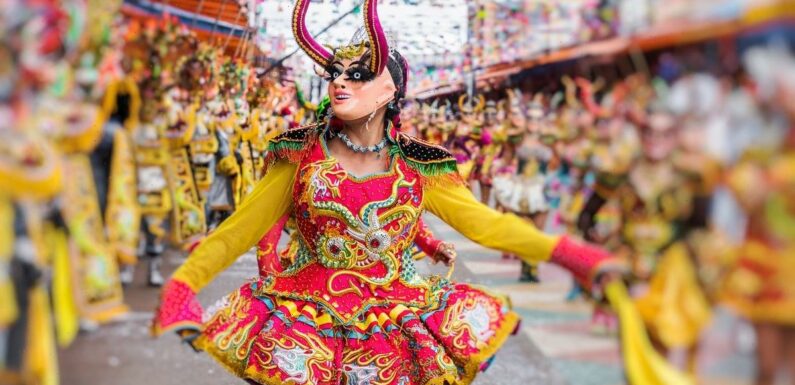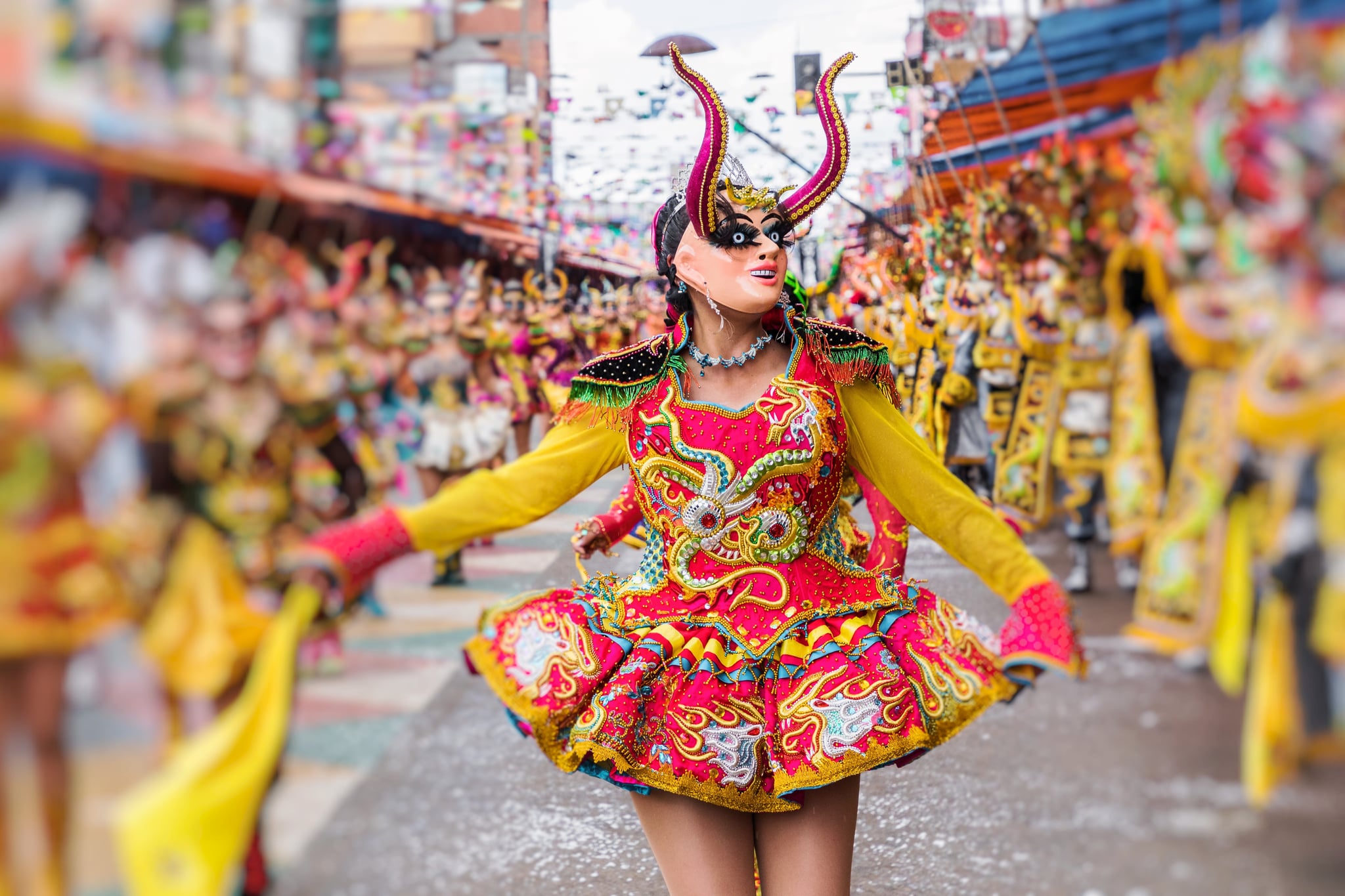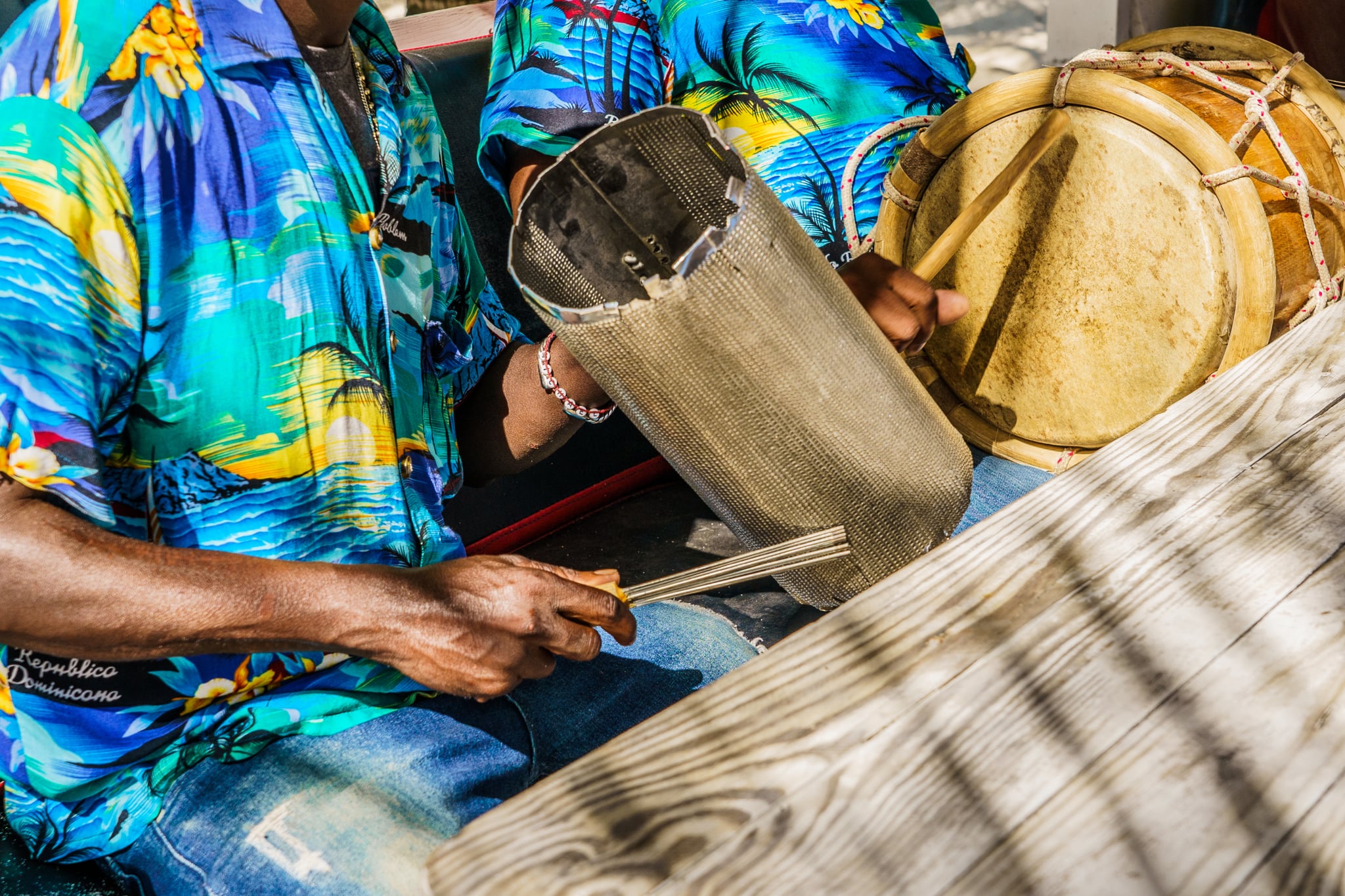
Between 1808 and 1826, the countries that make up Latin America fought and won their independence from 300-year Spanish and Portuguese rule. This meant that as newly minted independent nations, the governments saw that they needed to give the people a sense of unity and shared national identity.
And thus, Fiestas Patrias, or celebrations of independence, were born. The ruling class decided that the most effective way to get people on board with this new government was to incorporate parts of their native and colonial ancestry into patriotic celebrations that would serve as a connection to the past as they moved into a new future.
They also became methods of indoctrination where “the official story” of history would be retold and ratified. Fiestas Patrias created a new calendar that commemorated battles, generals, and military triumphs utilizing cultural dance to tell the story.
Something that we tend to forget is just how big and diverse Latin America is. Although we have overarching terms like “latinx/o/a” “hispanic” and “latine,” it actually encompasses 33 different countries, two continents, and various islands. That is all to say that no two places celebrate the same — even within the same countries and municipalities, there are always nuances. However, something that you’ll find across every Latin American nation on independence day is the use of folk and indigenous dance, traditional outfits, and music.
Here, we look at four dances — alongside their music, history, and costuming — that help tell the story of Fiestas Patrias across Latin America, and keep the myths, traditions, and folklore alive.
Zapateo
A great example of how regional cultures celebrate Fiestas Patrias is the Mexican state of Veracruz, home to the distinctive Jarocho culture. Jarocho describes the culture that came from the colonial intermeshing of enslaved Indigenous and African people.
The music that came from the Jarocho tradition is called son jarocho, which includes special instruments like the arpa veracruzana (a string harp), a requinto (a small four-string guitar), and a small eight-string guitar known as a jarana. Typically, many different traditional Mexican dances are exhibited during Fiestas Patrias, but the most common is Zapateo, which uses the stomping of the dancers’ feet as a percussion instrument.
There is also significant Cuban and Spanish influence in Jarocho traditional clothing. The female costume has a close resemblance to Cuban fashions, but includes a touch of Spanish elements. Women carry a fan, wear a headpiece with flowers, an apron, a lace top, and Spanish-style shoes. The men wear a Cuban shirt called a “guayabera” because of the four pockets big enough to hold more than one guava fruit.
El Baile De La Conquista
In Guatemala, among the many traditional dances they perform during Fiestas Patrias is El Baile De La Conquista, or the Dance of the Conquest, which is accompanied by a whistle, the chimirría flute, and drums. This dance is specifically of colonial origins and commemorates the death of King Tecun Uman, the Mayan ruler who fought bravely but died in battle trying to protect his people from the Spanish conquistadors.
Pedro Alvarado, who conquered Guatemala, is the other character in the dance. At the end of the dance, the Maya are converted to Christianity and the Spanish and Maya dance together as a way to symbolize them putting the past behind them and getting along.
La Morenada
La morenada from Bolivia tells the story of the suffering that enslaved Africans endured working in the mines during the colonial era. This Andean folk dance is most known for its elaborate, shiny, colorful costumes and masks. La morenada is considered one of Bolivia’s most important cultural dances. The costumes worn by men can weigh up to 45 pounds, and the women usually wear short or long skirts with lots of petticoats underneath depending on the dance group in the choreography.
In the Bolivian capital city of La Paz alone there are at least 246 annual state and cultural occasions where la morenada is performed. It’s also danced in the north of Chile and Peru and in some parts of Argentina, but overall, this is a dance recognized as originating in Bolivia.
Merengue
Merengue is the national dance and music of the Dominican Republic. It’s highly unlikely that you’ll find a Dominican celebration where people aren’t dancing merengue — it’s considered the very essence of what it means to be Dominican. Merengue combines Spanish, African, and Taino heritage in the outfits and instruments. The music includes an accordion (European), a two-sided drum (African) placed on one’s lap, and a metal cylinder with hoes and a brush used to run along the surface is called an agüira (Taíno). The folkloric, traditional kind is known as Perico ripiao or merengue típico — it’s another dance that is said to have Cuban influence and is believed to have originated in the Cibao region.
Source: Read Full Article



